Journal #11: Clearings and Lost Hummingbirds
by Miles Raymer
My family and I are preparing to build a small house next to the existing one. Jessie and I will live there at first, and then it will become my mother’s place late in her retirement. It’ll be roughly 1000 square feet, just one story. Not a big place, but big enough to require the removal of some plants and small trees from an area of the front yard. The first step before we brought a tractor in to clear out the brush was to remove two panels of our existing fence. This was a quick project I very much enjoyed. I’ve always loved to tear things down, but this time I used a drill and approached the matter with the goal of preserving as much of the fence as possible. I was able to get two panels down more or less intact. Not sure if they will be useful for something down the road, but you never know.
After removing the fence, it was time to bring in Larry and his metal monster. Larry is a terse but affable chain smoker and all around hard worker––he came highly recommended by Dan, the contractor we’ve hired to build the house. Larry gave clear instructions that were always easy to follow, and it was pleasant to spend the day helping him clear plants and other detritus from the building site. I was initially skeptical that we’d be able to finish the project in a single day, but similar to when we leveled part of our lawn, I grossly underestimated the combined power of carbon and steel. Larry assured me that the meat of the work wouldn’t take long at all, and he was right. Before lunch, we had everything cleared out except two huge redwood stumps.
Toward the start of this process, Larry had to bulldoze a big grevillea plant. With its deep green color and small but striking red flowers, this shrub has long been a favorite site for our local hummingbirds, and my heart sunk a bit to see the plant so easily torn from the earth. But that initial slump was nothing compared to the unforeseen burst of sadness I experienced just a few minutes later when one of the hummingbirds swooped into view, hovering in the place where the grevillea had stood just moments before. Though I knew I was projecting my own emotions onto the bird, I couldn’t help but feel that something in its little life had gone horribly and irretrievably astray. Such an abrupt severance of habit can be traumatic for any creature, and while I’m sure the hummingbird was just fine in the end, I cursed myself for upsetting its routine. This plunged me into a familiar emotional space, one where I want to dispossess my humanity but know doing so would be impossible. As always, the moment passed and I came away relatively unchanged, except perhaps that I was better prepared to shrug off similar feelings in the future. I’ve not yet discovered how to traverse these moments without succumbing to a kind of cumulative numbness in which I’m able to justify any action because, in the end, it’s my land and I’ll do what I want. And while this is certainly not the attitude I want to cultivate, I wonder if a certain degree of callousness is part of the job description, even for the best of caretakers. I think it’s more likely that I haven’t yet gained the ability to envision the long game, to adjust my sense of time to accommodate all the potential enrichment that will come after this potent but brief bout of destruction.
It helped that, for Larry, the act of blighting natural landscapes is not just commonplace, but also quite lucrative; I was comforted by his blasé approach, and reminded, as I often am, of Dostoyevsky’s suggestion that man’s defining feature is his ability to become accustomed to anything. Larry seems to have cultivated the requisite respect for land insofar as it can be quite difficult to bend to his will, but his stance is ultimately defined by experiences that always end the same way: earth moves, man builds.
After lunch, Larry began digging a deep trench around the stumps, which were connected at the roots and therefore proved extremely difficult to move. It took about 2 hours for him to dig the trench deep enough and sever enough roots for the stumps to budge, and about another hour to get them out of the ground and moved away from the clearing’s center. I’ll confess to yet again underestimating the capabilities of a tractor with a determined operator; the whole scene became more sublime with each shovel-ful of root-strewn earth. I collected the roots that were small enough to move by hand and piled them up for Larry to haul away with the rest of the organic leftovers.
It was exhilarating at day’s end when the clearing was finally finished. The quiet excitement of seeing the spot where my home will soon stand washed away the lingering regret from earlier. Just remember, I told myself, there’s another grevillea along the driveway. We can always plant another.
Jessie and I are thrilled with the location, and I’m looking forward to starting construction in May. We’d planned to cut down a stand of redwoods to make room for the house, but after we saw the space cleared out we decided to have the builder and architect come out and see if we could adjust the blueprints to work around the biggest trees. This might add a bit to our planning cost, but we will save a lot if we don’t have to take any of the redwoods down. Fortunately, Dan and Bonnie (our architect) both agreed that we could work within the space as it is now, so with a few adjustments to the layout we will be good to go.
The other project I’ve been preoccupied with lately is fruit tree pruning. Our friend Chris, who works as a landscaper for HSU, came out last week to teach me the basics, and while I realize it will take years of practice for me to gain competency, I’m already enjoying pruning based on the general guidelines he provided. After running me through the necessary tools and how to use them, Chris taught me that while there is no single “correct” way to prune, good pruners always “prune for structure” in one way or another. Essentially, this means envisioning how you want the tree to look in the future, and taking off the amount of new growth that will keep the tree healthy and also direct it to grow according to that future vision. As I am new to the thinking required for this kind of work, I find it fun but also mentally exhausting. After about 2 hours of pruning, I’m unable to keep going, not because I’m tired but because my brain hits a wall where it can no longer manage to organize so many small parts into a coherent whole. I think I’ll get better at this in time, and I definitely think it’s a good conceptual skill to cultivate, but for now I’m working through our fruit trees at a slow pace that works for me. I’ll eventually have to learn the tricks for pruning different types of trees, but for now it’s enough to practice the foundational procedures. I’ve already noticed a big difference between the trees that Chris pruned and the ones I’ve done, and this helps me refine my technique as I go. I’ve also started scanning for leafless trees wherever I drive––it’s interesting to notice all the different ways people prune.
Looking forward, there’s lots to be excited about. Two weeks ago, Ma and I laid out a plan for this year’s garden and put in an order with the Territorial Seed Company. The order has since arrived, and next week we are going to clean out the old greenhouse to get it ready for the plants we will grow from seed. Things will only accelerate as the days get longer. Can’t wait to see how much we can produce now that we have doubled our raised bed space. In the mean time, I’m enjoying the stillness of this strangely rainless winter. I know it won’t stick around for long.
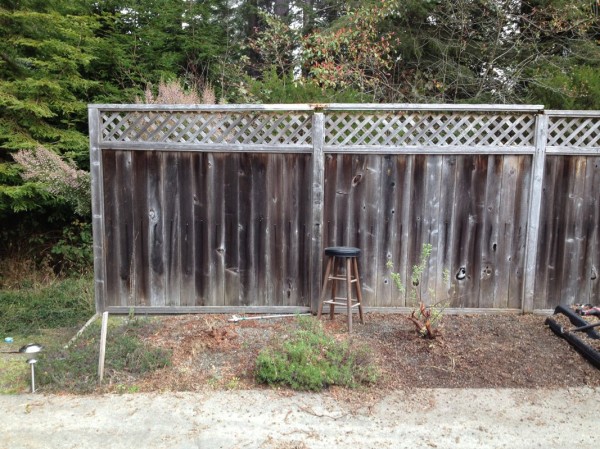
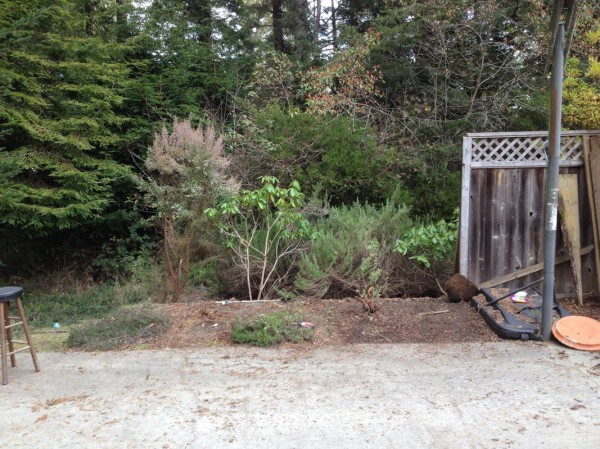
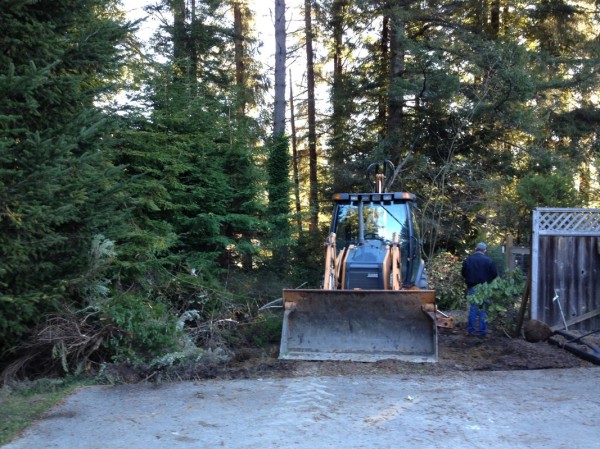
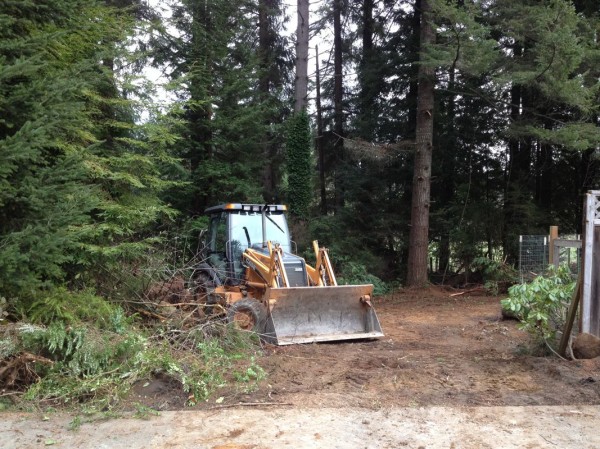
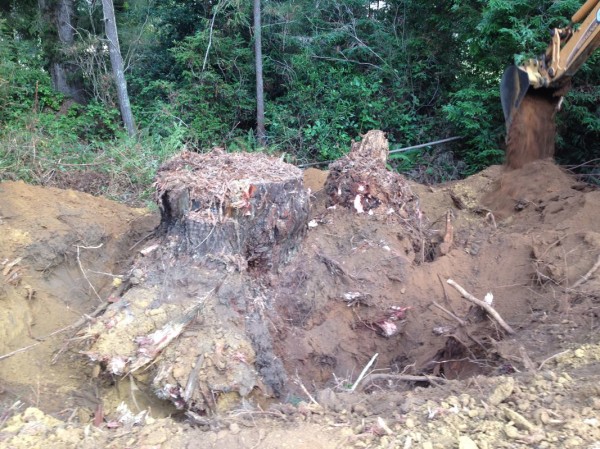
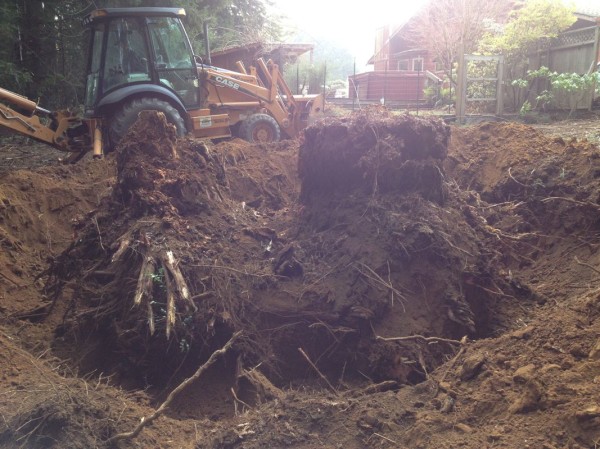
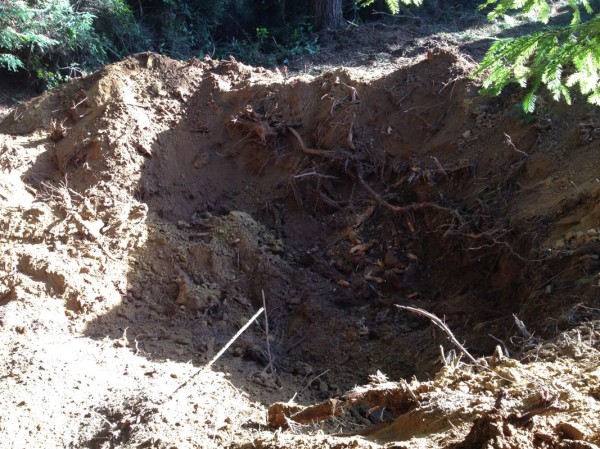
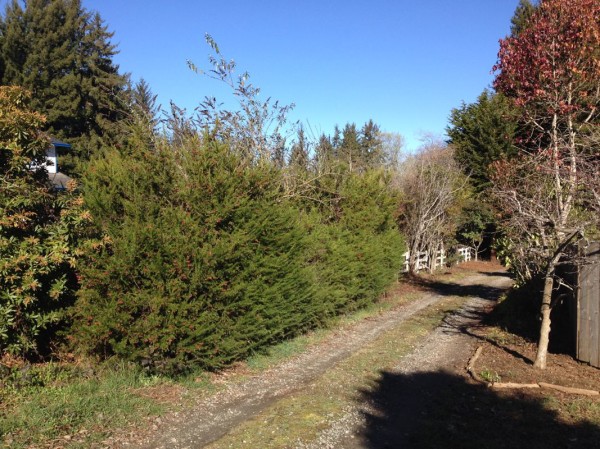
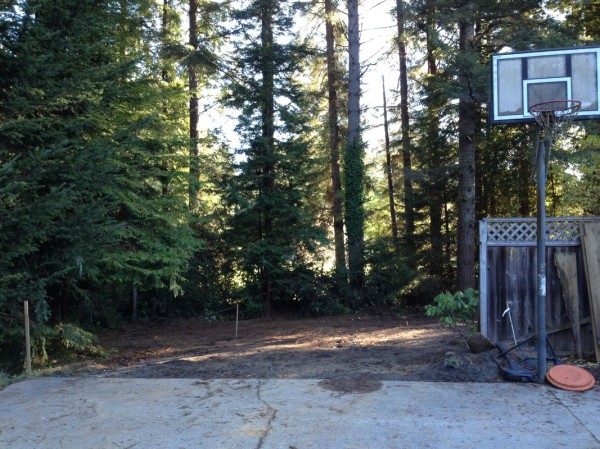
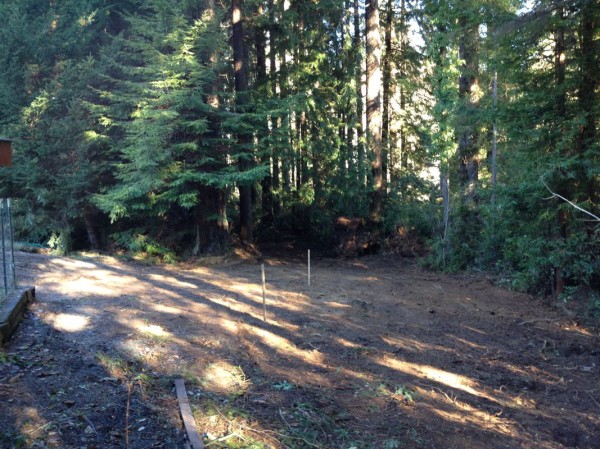
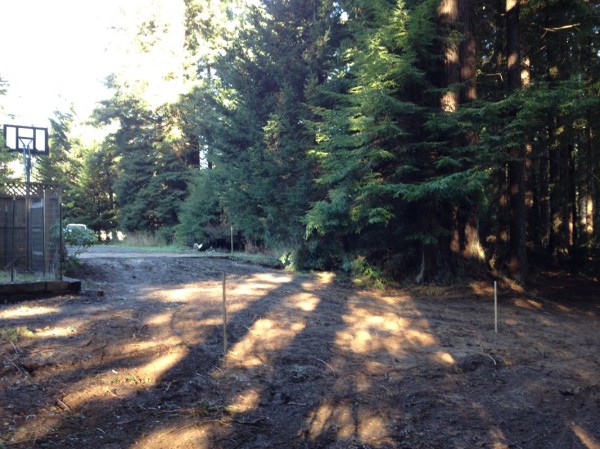
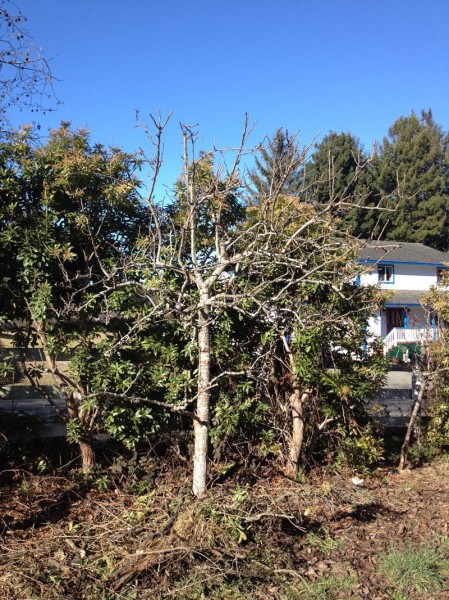
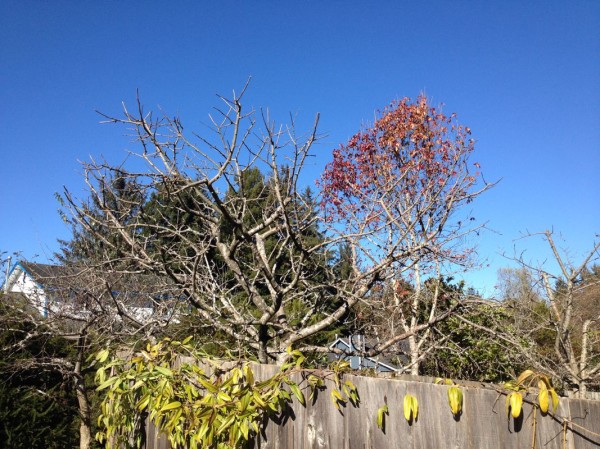
there is always a dynamic tension between man and his environment, how we carry that water will tell us about our blood.
[…] This will allow us to pour a foundational slab of concrete. It was nice to see Larry again, that displacer of hummingbirds who cleared the garage space for us back in […]